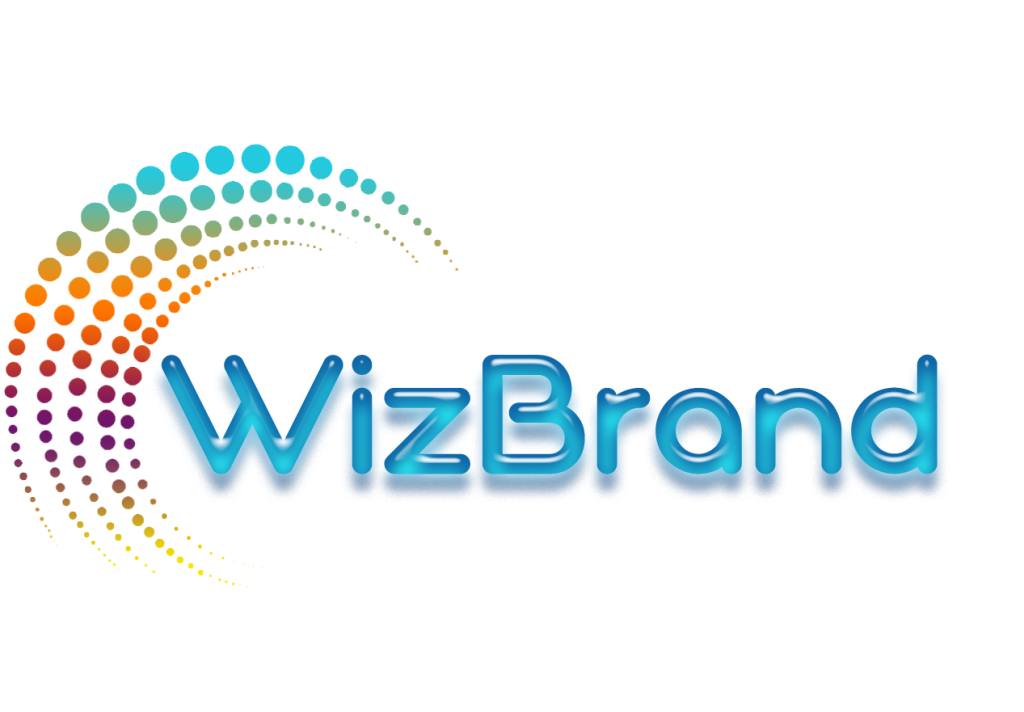
In the world of digital asset management (DAM), managing and organizing your digital assets can become overwhelming without a structured system. As businesses generate more digital content—ranging from images, videos, documents, and more—the need for an effective DAM system becomes critical. However, one crucial element in DAM that often goes underutilized is metadata. When properly utilized, metadata has the power to revolutionize how assets are organized, searched, and retrieved, ultimately leading to enhanced efficiency and productivity. In this blog post, we will dive into the importance of metadata and how to leverage it within your DAM strategy, with a particular focus on Wizbrand, a leading Digital Asset Management solution.
What is Metadata and Why Does it Matter?
Metadata is essentially “data about data.” It provides additional information or context about an asset that makes it easier to categorize, search for, and use. For example, in the case of an image, metadata might include details like the file type, the photographer’s name, keywords related to the image, the date it was created, and more.
In the context of DAM, metadata is what transforms your assets from being unsearchable files into organized, discoverable pieces of content. It allows businesses to automate their workflows, categorize assets accurately, and ensure that teams can quickly find and use the right files without wasting valuable time searching through a disorganized library.
Properly implemented metadata strategies within your DAM system can save time, reduce the risk of asset mismanagement, and improve the overall productivity of teams. Wizbrand, a powerful DAM solution, helps you efficiently manage and track all your assets with robust metadata capabilities.
Key Benefits of Metadata in Your DAM Strategy
1. Enhanced Searchability and Accessibility
The most significant advantage of metadata is the ability to make assets easily searchable. By adding relevant tags, descriptions, and keywords to your assets, you enable your team to locate files quickly without manually sifting through folders. Imagine a team needing a high-resolution image of a product for an urgent marketing campaign. Without metadata, this could mean hours of searching and frustration. However, with metadata, the asset can be quickly located using keywords like “product,” “marketing,” or “high-resolution.”
Wizbrand supports the implementation of intelligent metadata tagging that allows you to search for assets by multiple criteria such as file type, creator, project, or specific keywords, drastically improving search efficiency and team collaboration.
2. Improved Team Collaboration
Metadata fosters better communication and collaboration between teams by offering context and clarity around the digital assets. For example, in a marketing department, you might need to know who created a specific image or when it was last updated. Metadata can provide this information, allowing team members from different departments to seamlessly collaborate without having to backtrack on questions about asset ownership or updates.
With Wizbrand, teams can track asset updates, see revision histories, and know exactly who is responsible for each asset, making collaboration much smoother and more transparent. This is particularly crucial when working with a distributed team or external collaborators, where quick access to asset information is vital.
3. Automating Workflows
Another powerful advantage of metadata is its ability to automate workflows. By assigning certain metadata tags, you can set up automated rules to organize, categorize, and even trigger certain actions. For instance, once an asset is uploaded with specific metadata, you can have the DAM system automatically categorize it, create a version history, or even notify the relevant team members that a new asset is ready for review.
Wizbrand offers automated tagging and categorization features that streamline digital workflows. The system can automatically sort assets into predefined categories, minimizing manual work and ensuring that assets are always in the right place at the right time. This leads to more efficient asset management and frees up time for creative and strategic tasks.
4. Version Control and Tracking
As digital content evolves, keeping track of different versions of the same asset becomes essential. Metadata enables version control by associating each version of an asset with relevant details, such as the creator’s name, the version number, and the date of the update. This ensures that team members can always access the most recent and relevant version of an asset, while older versions are still securely stored for reference.
Wizbrand‘s DAM system supports version control, allowing businesses to manage multiple versions of an asset while maintaining clear metadata to indicate which version is the most current and which ones are archived. This eliminates the confusion of working with outdated files and helps prevent errors in asset usage.
5. Compliance and Security
As businesses deal with a growing volume of digital content, ensuring the security and compliance of those assets becomes increasingly important. Metadata can help by storing important details such as copyright information, license expiration dates, and access restrictions for each asset. This ensures that your organization is compliant with any legal requirements and helps prevent unauthorized use of assets.

With Wizbrand, you can embed security-related metadata within your assets, ensuring that sensitive materials are protected and only accessible to authorized users. Whether you’re managing marketing materials, legal documents, or sensitive financial data, metadata helps ensure that the right people have access to the right assets at all times.
How Wizbrand’s DAM Software Enhances Metadata Usage
Wizbrand is not just a Digital Asset Management platform; it’s an all-in-one solution for businesses looking to streamline their digital workflows, manage content, and improve team collaboration. Wizbrand enables teams to efficiently use metadata for categorizing, searching, and tracking assets. It offers customizable metadata fields, automated tagging, and robust search filters that ensure assets are well-organized and easy to find.
With Wizbrand’s DAM software, businesses can unlock the true potential of metadata, transforming digital asset management from a cumbersome task into an efficient, automated process that saves time and increases productivity. Whether you’re a digital marketer, content creator, or SEO professional, Wizbrand helps ensure your assets are always organized, searchable, and optimized for team collaboration.
For more information on how Wizbrand can help you implement an effective DAM strategy with powerful metadata capabilities, visit their platform here.

Conclusion
Metadata is one of the most powerful tools in your Digital Asset Management strategy. When properly implemented, it can improve the organization, searchability, collaboration, and security of your digital assets. Wizbrand offers a sophisticated DAM solution that helps businesses leverage the full potential of metadata, streamlining workflows and empowering teams to work more effectively.
If you’re looking for the Best Digital Asset Management Software, Wizbrand is the tool you need to manage your assets seamlessly. Explore more about the Best DAM Tools in the world and see how Wizbrand can transform your digital asset strategy today.
Unlock the power of metadata in your DAM strategy and take your content management to the next level with Wizbrand.




Leave a Reply
You must be logged in to post a comment.